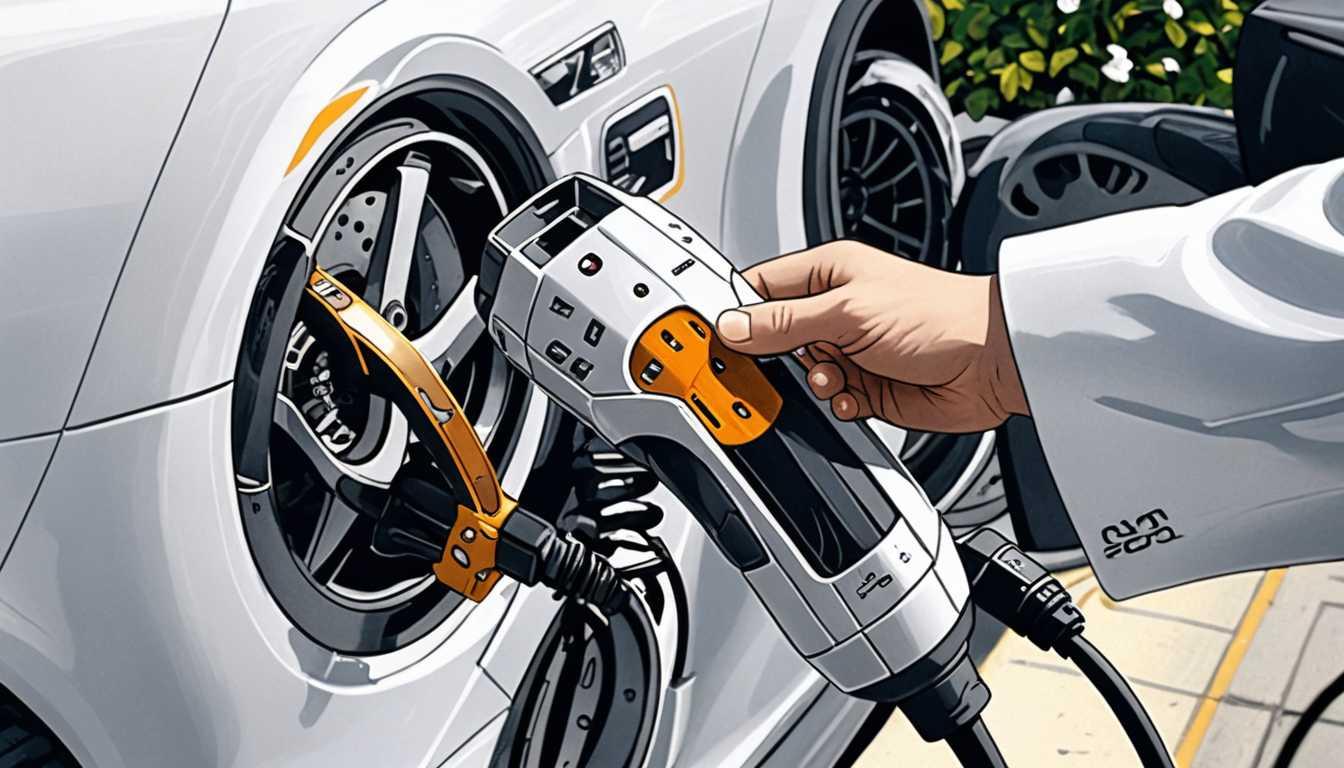Vape Waste: The Unseen Environmental Threat
December 2023
University of Oxford
Introduction
Dive into the shocking world of e-cigarette waste with this eye-opening study from the University of Oxford and UCL, revealing that the single-use batteries we toss could live on for hundreds more cycles. Imagine, 1.3 million vape pens thrown away weekly in the UK alone, each a tiny trove of reusable energy! This research, published in Joule, not only uncovers the squander of potent lithium-ion batteries but also calls for a rethink in our disposable culture. Ready to be part of the change?
READ FULL ARTICLEWhy It Matters
Discover how this topic shapes your world and future
The Power Behind the Puff
Imagine this: Every week, millions of tiny batteries, packed with enough energy to power them for hundreds of cycles, are simply thrown away after just one use. These aren't just any batteries; they're the hearts of disposable e-cigarettes, a growing trend that's causing an environmental headache. This matters because it's not just about keeping our streets and fields clean. These batteries contain lithium, nickel, cobalt, and more - materials that can harm our waterways and wildlife. But here's the twist: these batteries could live much longer, powering many more puffs if given the chance. This discovery opens up a conversation about how we use and dispose of technology, pushing us to think about sustainability in our daily habits. As someone who might be seeing these devices around, understanding the impact they have and exploring solutions can make you a part of a much-needed change.
Speak like a Scholar
Lithium-ion batteries
These are rechargeable batteries used in everything from smartphones to electric vehicles, and yes, even in disposable e-cigarettes. They're known for their high energy density and ability to recharge hundreds of times.
Electrochemical performance
This term describes how well a battery can convert chemical energy into electrical energy and vice versa. It's a measure of a battery's efficiency and health over time.
X-ray tomography
A technique that uses X-rays to take detailed pictures of the inside of something, like a battery, without having to cut it open. It helps scientists understand the structure and materials inside.
Capacity retention
This tells us how much charge a battery can hold after being used and recharged many times. High capacity retention means a battery can still hold most of its original charge after many cycles.
Sustainable chemistries
These are new types of battery materials that are less harmful to the environment. Scientists are working on batteries that use materials like sulfur or sodium instead of or in addition to lithium.
Life cycle
The series of stages a product goes through from its creation to its disposal. Understanding a product's life cycle helps identify opportunities to reduce environmental impact, like recycling materials.
Independent Research Ideas
Battery Biographies
Dive into the life stories of different types of batteries. How are they made, used, and disposed of? This could lead to designing a more sustainable battery life cycle.
The Second Life of Batteries
Explore the potential for reusing e-cigarette batteries in other devices. What challenges might arise, and how could they be overcome?
Material Matters
Investigate alternative materials for batteries that are more abundant and less harmful to the environment. How do they compare to lithium in terms of performance and cost?
Eco-Friendly E-Cigs
Design a concept for a disposable e-cigarette that's environmentally friendly. Consider aspects like rechargeability, recyclability, and materials.
Waste Not, Want Not
Examine the impact of electronic waste on local ecosystems. Could there be a community solution for collecting and recycling or reusing e-cigarette batteries?
Related Articles

Gadget Revival: London's Repair Revolution
October 2023
Imperial College London

Concrete's Green Revolution Unveiled
October 2023
Massachusetts Institute of Technology (MIT)

AI Revolutionizes Oil Field Sustainability
March 2024
Massachusetts Institute of Technology (MIT)

Fast Charge: The EV Game Changer
August 2023
MIT Technology Review

Magnets: Powering Tomorrow, Sustainably
January 2024
MIT Technology Review